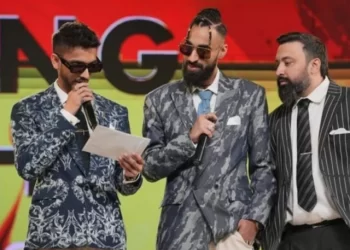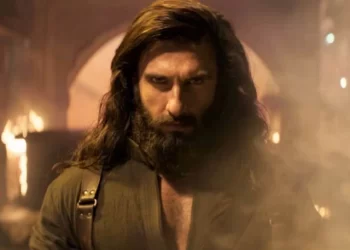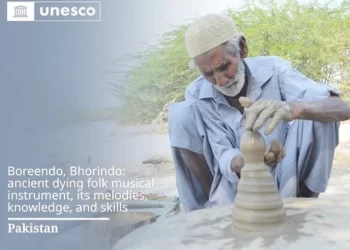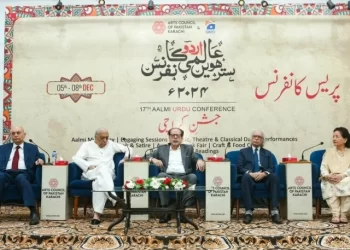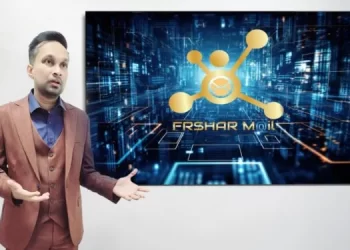The recent AI Ghibli trend raises questions about copyright, ownership and labels
In the last few centuries, human life has significantly changed. From the industrial revolution to the information age and now the age of artificial intelligence, every era has faced new problems and ways to adapt to them. Today, we face a new challenge in the form of what’s called AI art.
The use of AI in art has received a lot of criticism. And while a number of arguments can be made in favour of the use of AI in art, it poses multiple dilemmas and raises moral and ethical questions.
Natural evolution
One may see it like this: the invention of cameras threatened the medium of painting, film wasn’t taken seriously as an art form early in the 20th century either, digital video has almost wiped out celluloid and streaming has affected the existence of cinemas worldwide. So AI art is the next step in this natural evolution of the combined art, engineering and technology.
However, a myriad of issues surround AI art. One of them, which answers the aforementioned evolutionary progression, is theft. Cameras, film or digital, didn’t generate work based on existing human art. One had to put in the time and skill to learn the equipment and know how to use it.
Whatever the medium, one must practice the craft and master it to produce original work. However, AI generates ‘art’ based on the data fed to it. That data is the existing work of artists used without their consent.
It raises two major issues: consent of artists who work is used to train the AI, and the fact that typing prompts is now an equivalent of putting in the hard work into learning all skills.
This doesn’t democratise art, it devalues it. If anyone can call themselves an artist by generating AI images or videos, then no one is. There is nothing to look up to and improve. It replaces learning a craft and paves the way for ready-made art not unlike that of Andy Warhol’s pop art. But even he put in more effort than typing prompts in an AI software.
AI art generation, thus, becomes an act of translation rather than creation. If you can type words, you can generate anything.
One must also take into consideration the current limitations of AI. While AI has merits in many fields, we must see what it has done to language. Anyone can read a paragraph and evaluate that it was written by AI. The sentence structure, vocabulary and grammar all follow certain patterns. And generally, AI-written texts are too bland in their language to the point that it doesn’t make you feel anything.
Meaningless mimicry
AI art is the same in that it’s devoid of any emotion. That emotion comes from the artist. It comes from the emotional journey the artist had, the catharsis that one feels upon putting in the effort in the act of creation. That’s all lost, leaving AI art a meaningless mimicry of human essence, prompted by lazy, untalented pseudo-artists who can’t be bothered to make an effort and learn a craft.
As the professor and Distinguished Chair of Information, Science and Technology at the University of Nebraska Omaha Dr. Deepak Khazanchi said in an interview with Hayden Ernst in the research paper titled Artificial: A Study on the Use of Artificial Intelligence in Art, AI can “mimic emotion maybe, but it cannot be emotional. It can mimic creativity, but it cannot be creative.”
Dr. Khazanchi, who has decades of experience in AI and machine learning, vehemently denies that AI can replace humans.
Another argument against it is the social and cultural context of art. Art is a uniquely human product and is fundamental to our existence. An artist creates after being exposed to internal and external stimuli which collide and offer us a connection with the world we live in. Art is how we justify our human existence and an act of creation is the process of affirming our place in this world.


